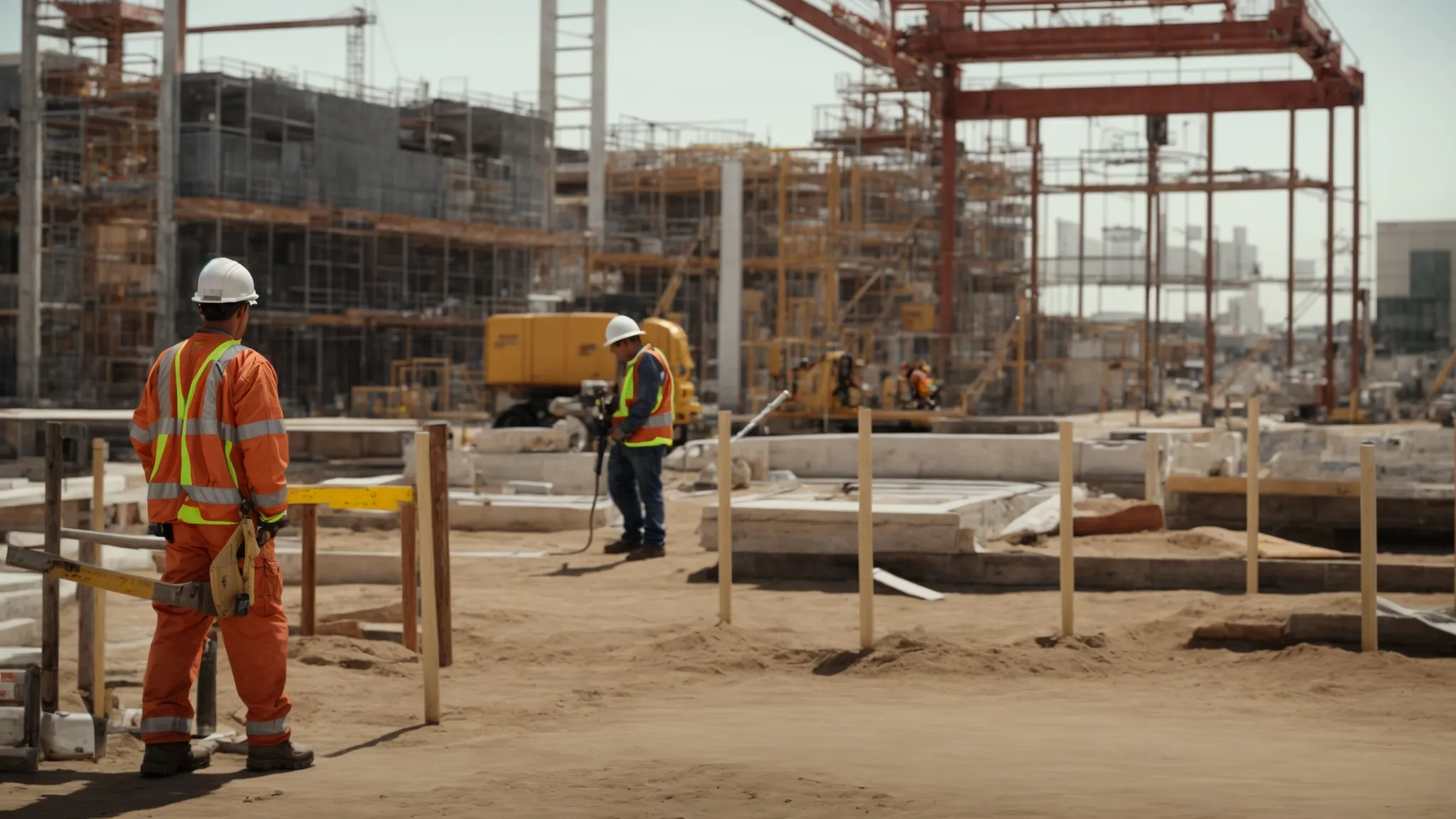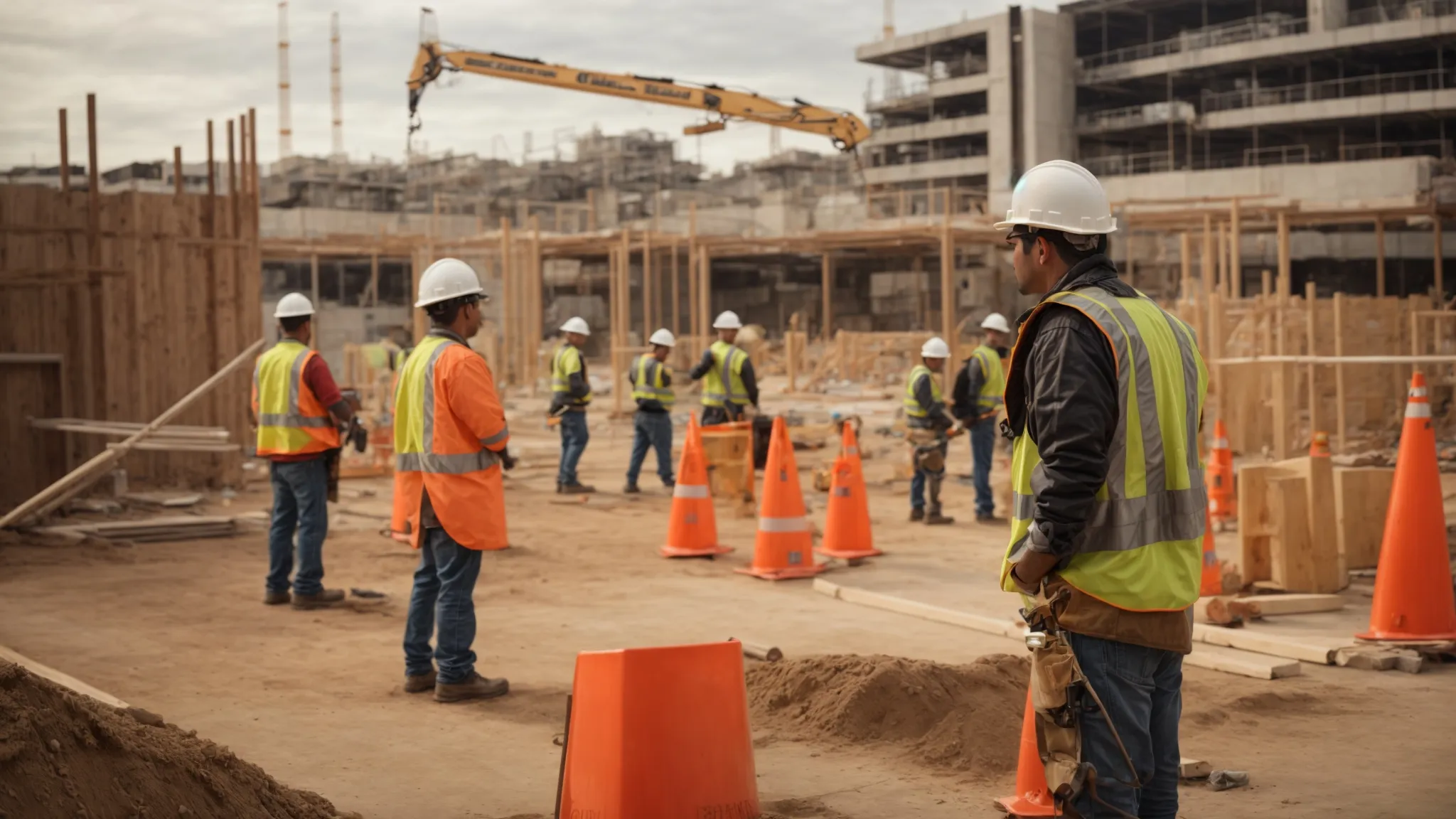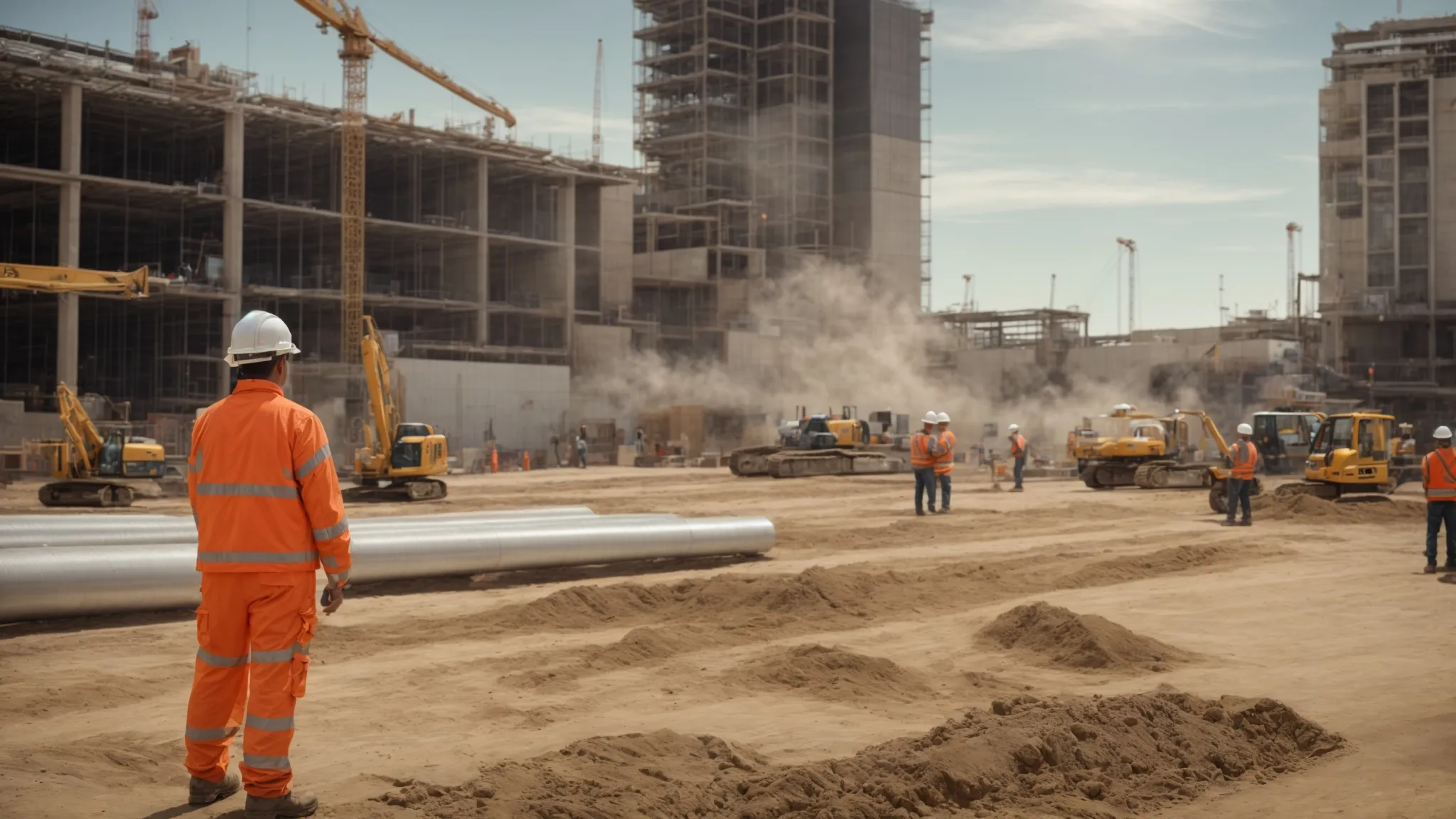Have you ever wondered how safety regulations truly shape the construction landscape in San Diego?
The impact of these regulations goes beyond mere compliance. As you navigate the intricate web of construction site rules, you’ll discover their profound implications for safety, project timelines, costs, and overall industry standards.
Understanding the nuances of these regulations is key to grasping the full scope of their influence on the construction sector in San Diego and beyond.
Key Takeaways
- Safety regulations in San Diego’s construction enhance worker well-being and prevent accidents effectively.
- Compliance with evolving standards poses challenges but ensures a safer work environment.
- Technology advancements like drones and wearables improve safety monitoring and training.
- Prioritizing thorough risk assessments and training programs fosters a strong safety culture in construction.
Importance of Safety Regulations

Safety regulations in the construction industry are essential for ensuring the well-being of workers and preventing accidents on job sites. Worker training is pivotal in familiarizing employees with potential hazards and safety protocols. Through detailed training programs, workers can learn to identify risks, operate machinery safely, and respond effectively in emergencies.
Additionally, conducting thorough risk assessments allows construction companies to address potential dangers proactively before they escalate into accidents. By evaluating job site conditions, equipment safety, and environmental factors, risks can be minimized, creating a safer work environment for all involved.
Ultimately, prioritizing worker training and risk assessment enhances safety and boosts productivity by reducing the likelihood of workplace incidents.
Compliance Challenges Faced

Facing compliance challenges in construction safety regulations can often stem from the complexities of interpreting and implementing the ever-evolving standards within the industry. Some challenges include ensuring all workers are adequately trained on the latest safety protocols, keeping up with frequent regulatory updates, and maintaining thorough documentation to prove compliance.
Solutions to these challenges involve investing in regular safety training programs, appointing a dedicated safety compliance officer within the construction team, and utilizing technology to streamline documentation processes. By addressing these challenges head-on and implementing effective solutions, construction companies in San Diego can navigate the intricate landscape of safety regulations more efficiently, ensuring a safer work environment for all involved.
Impact on Construction Processes

Understanding safety regulations in San Diego’s construction industry greatly influences the efficiency and execution of various construction processes. By following safety guidelines, construction companies can streamline operations, improving efficiency and reducing costs.
For instance, implementing safety protocols guarantees that projects are completed without delays caused by accidents or non-compliance. This, in turn, helps maintain a steady workflow and meet project deadlines effectively. Additionally, safety regulations often require the proper training of workers, which can result in increased productivity and fewer errors during construction activities.
Role in Preventing Accidents

From the impact on construction processes, a pivotal aspect to contemplate is safety regulations’ role in preventing accidents in San Diego’s construction industry. To understand this better, consider the following points:
- Implementation of Strict Safety Protocols: Safety regulations mandate strict safety protocols to minimize risks.
- Training Programs: Safety regulations often require companies to provide thorough training programs to ensure all workers know prevention strategies.
- Regular Inspections: Safety regulations necessitate regular inspections to identify and rectify potential hazards before accidents occur.
- Promotion of Safety Culture: These regulations help foster a safety culture within the construction industry, emphasizing the importance of accident prevention.
Future Trends and Developments

What emerging safety regulations are shaping the future of construction in San Diego?
Technology advancements are important in transforming safety measures within the construction industry. Drones are increasingly used for site inspections, enhancing monitoring, and identifying potential hazards. Wearable technology, such as smart helmets and vests, provides data on real-time worker conditions, ensuring proactive safety measures.
Virtual Reality (VR) and Augmented Reality (AR) are being integrated into safety training programs, offering immersive experiences to simulate hazardous scenarios. Workforce training also evolves, emphasizing continuous education about new safety protocols and practices.
Frequently Asked Questions
What Are the Penalties for Non-Compliance With Safety Regulations in San Diego’s Construction Industry?
If you don’t comply with safety regulations in San Diego’s construction, you may face hefty fines, stop-work orders, or legal action. Safety training guarantees compliance, benefits workers, and protects everyone involved. It’s essential for a safe working environment.
How Do Safety Regulations in San Diego Compare to Those in Other Major Cities in California?
Compared to major cities in California, San Diego’s safety regulations offer a thorough regulatory framework. However, compliance challenges can vary due to differing industry standards. Understanding these differences is important for ensuring safety across construction sites.
Are Any Specific Safety Regulations in Place for Construction Projects in Environmentally Sensitive Areas in San Diego?
In San Diego, specific safety regulations for construction in environmentally sensitive areas emphasize environmental impact mitigation. Stakeholder involvement guarantees community engagement. For instance, areas near wetlands require special permits and measures to protect ecosystems.
How Do Safety Regulations Impact the Cost of Construction Projects in San Diego?
When stringent, safety regulations can increase project costs by requiring specific materials or additional safety measures. Delays may occur if compliance issues arise, necessitating modifications to meet regulations and impacting time and budget.
How Are Safety Regulations Enforced and Monitored in San Diego’s Construction Industry?
You keep the sites safe in San Diego’s construction world. Safety training sharpens skills. Inspections catch slips. Compliance checks guarantee rules stick. Incident reports document missteps. The vigilant eye of regulations guarantees a secure building process.




